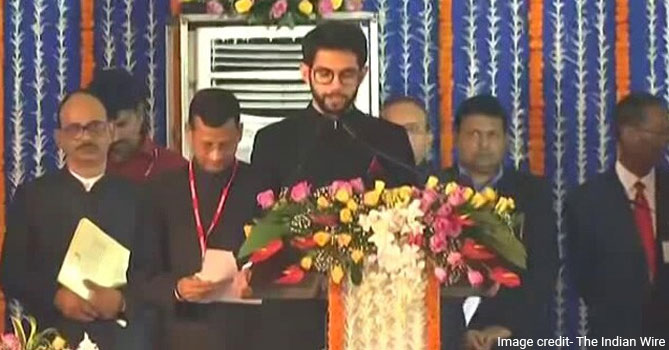Granted statehood in 1950, Uttar Pradesh (UP) has been among the country’s most popular and key states; key in multiple senses, including national politics. It is the most populous state of India, and hence, the largest vote bank. To top that, Uttar Pradesh is home to the greatest number of Lok Sabha seats i.e. 80.
The state is often called the pathway to Parliament, and perhaps, rightly so. With the 2019 Lok Sabha elections beginning to turn and toss about, significant focus has automatically shifted to UP. How the political parties perform in this giant state could be key to how things unfold in the Parliamentary elections.
Brief Overview
To understand why Uttar Pradesh remains among the chief concerns of parties, it’ll help to take a look at some statistical figures:
Uttar Pradesh
Number of seats in Lok Sabha: 80 (out of 543)
Number of seats in Rajya Sabha: 31 (out of 245)
Number of Prime Ministers hailing from UP: 8 (out of 14)
As of February 2017 statistics by the Election Commission, UP has about 14.12 crore voters!
UP’s total seat share in the lower house (Lok Sabha) amounts to almost 15%, as well as its share in both houses combined. The state is important because of its religious demographics as well. It has the largest proportion of Muslim population in the country, and it is no State secret that UP is often in the news for what is called the “Hindutva” politics. The combined effect is significant, making the state a crucial playground for communal politics.
Lok Sabha elections 2014
In the 2014 Lok Sabha elections, the “Modi Magic” was at its peak, granting Bharatiya Janata Party (BJP) a clear majority. In Uttar Pradesh, too, the party managed to win 71 seats, its best performance till date. The other parties managed to do very little in the name of popularity in the state.
The Indian National Congress (INC) could only win two seats in the state, which was hardly a feat, considering that the constituencies were Rae Bareli (Sonia Gandhi) and Amethi (Rahul Gandhi). Samajwadi Party (SP) could also bag a small number of 5 seats.
Lok Sabha elections 2019
Fast forwarding to almost five years later, the country is getting ready for 2019 Lok Sabha elections. The political parties have all started gearing up for the battle. While the ruling party is sure of a flashy return to power, there are whispers of a “Mahagathbandhan” in the opposition. However, some facts can be stated with certainty.
The popularity of BJP, if not stirred away, has at least been shaken. The party recently lost its hold on three key states (Madhya Pradesh, Chhattisgarh, and Rajasthan) in the state assembly elections of 2018. Even back in Uttar Pradesh, things do not look good at the Lok Sabha level.
The state has had two Lok Sabha by-polls since 2014, both crucial from a political angle- in Gorakhpur and Phulpur. The constituencies had the current CM Yogi Adityanath and deputy-CM Maurya, respectively, presiding over. Following their resignation in 2017, both the seats were won over by the Samajwadi Party.
What lies ahead?
While the ruling party will struggle against anti-incumbency, the opposition has the same to an obvious advantage. The alliances formed in the concluding few months can make or break the deal for the political parties. For instance, a BSP-SP alliance is already underway, with matters about Congress’s involvement still being in the grey. A grand alliance, set to oust BJP from the state, and consequently from the Parliament, can pose a serious challenge for the government.
Moreover, Uttar Pradesh is a delicate vote bank to touch, especially given its communal rifts. For BJP, the topic of secularism will be a tough nut to crack, especially since many have taken the appointment of Yogi Adityanath as CM, sourly. For the regional parties and Congress, this has paved way for a golden opportunity for the opposing parties to come up with a secularist stand. To stay firm in the battleground, the BJP, with no apparent alliance in near sight, will have to diversify and expand its existing base.
Uttar Pradesh sends off the greatest number of MPs in our Parliament. The state can prove to be, both a big asset and a big hurdle to the political parties. So, who will benefit from UP in the Lok Sabha elections? Well, that’ll only be clear in a few months’ time.






